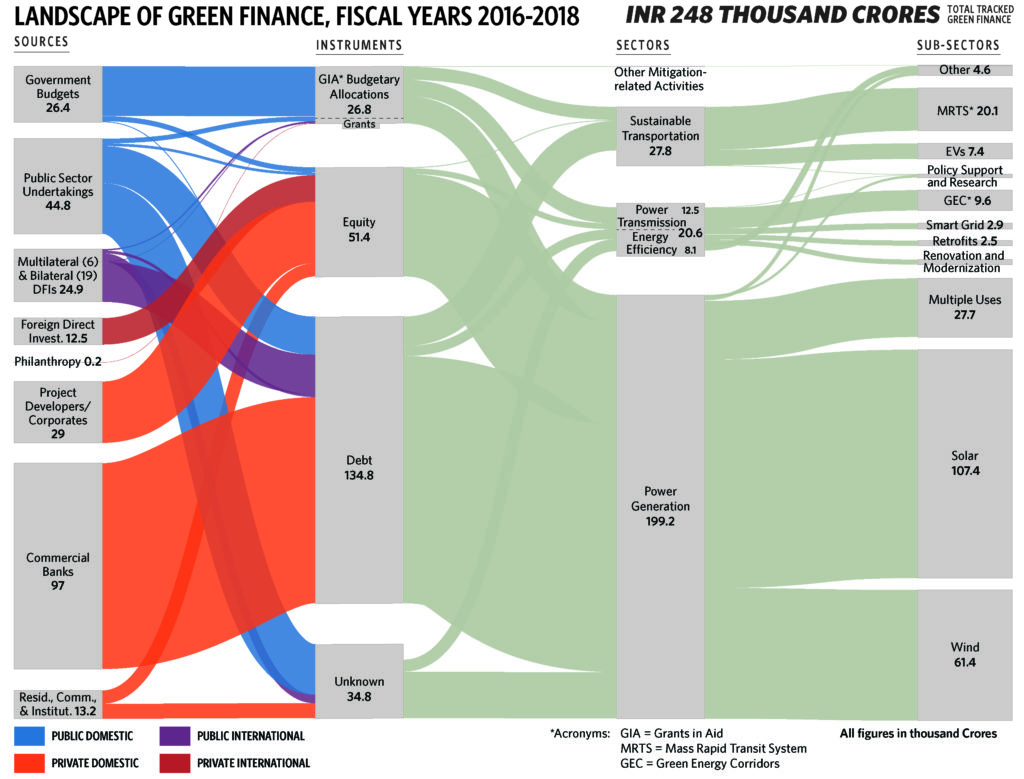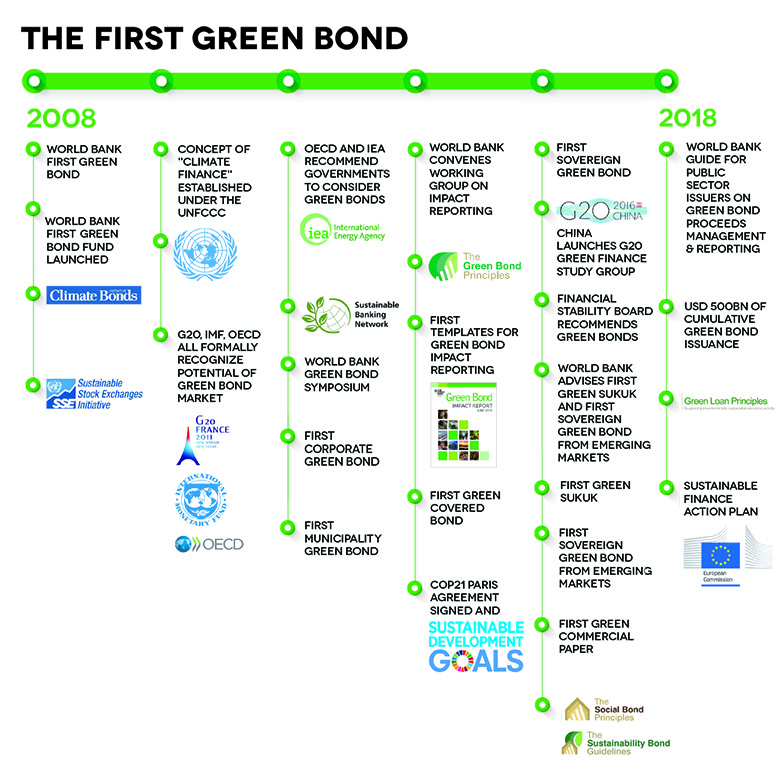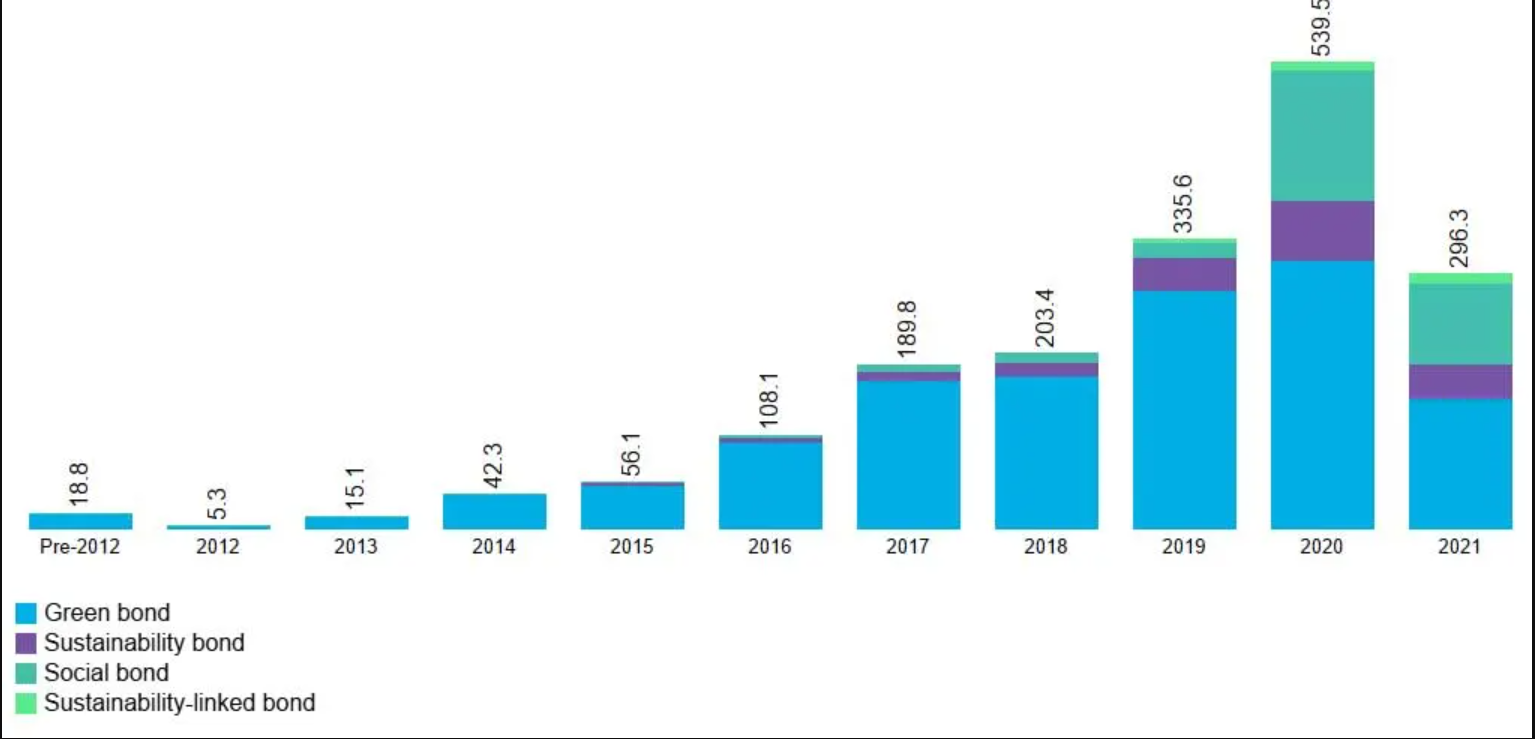With recent Pandemic, there remained no doubt in our minds that any global calamity without timely planning and mitigation can have a deep, long-lasting impact on economy and society.
Whether it was anthropogenic or purely a natural disaster is still a point of contention for the entire mankind. What we surely know is the fact that Climate change is destined to visit us in entirely different attires, be it pandemics or shuttered food security.
And its all very threatening to the core.
If the climate change keeps contesting without a good fight, 76% of humankind will witness higher mortality rates and an additional 9.1 million people will likely die each year till 2100, alone due to climate change.
Since Climate change has posed problems universally, the solution too will require universal address, by all countries, greater or small, rich or poor to do their bit, as NDCs (Nationally Determined contributions) volunteered under Paris Climate Agreement.
But to sustain these targets at global level, a clear assessment, financing and implementation of individual climate changes targets will be needed at the national level.
For instance, India alone will require at least USD 2.5 trillion (at 2014-15 prices) to fulfil its surrendered goals under COP21.
However as of now India’s climate change actions have been majorly funded through domestic monetary sources.
But with increasing awareness of ESG-directed funding, there have been several financial instruments introduced to ease the process like Green Bonds, ETS, carbon tax etc.
As per Green Finance in India: Progress and Challenges mentioned in RBI Bulletin January 2021, India had raised an amount of US$ 16.3 billion as of Feb 2020, in the form of green bonds.
10 Indian firms have recently raised $4.64 billion this year through using sustainable bonds in the overseas market.
This trend has increased post-Covid that investors are keener to fund those companies moving towards more responsible business practices.
As per the British non-profit organization Climate Bonds Initiative, such environmental bonds worth $106.86 have been issued in the three months ending March 31, 2021.
Covid challenges saw great increase in renewables as well as global green bond issuance that reached a record $269.5 billion in 2020.
“Indian companies are getting increasingly conscious of the strong global shift towards sustainable investing, which became even more prominent during the pandemic,” explains a Banker.
ESG is increasingly becoming an important influencer for investors and shareholders while the global fund allocations towards ESG-compliant companies have also seen a rise.
“Given the sectors that are dominating offshore fundraising from India, we would expect ESG to potentially comprise a majority of all US dollar bond financings during 2021.”
How does exploiting the Green Bond help India?
Although India has only begun handling green bonds some time ago but it has become the second largest emerging market for green bonds in the entire world. It has also been ranked eighth in terms of the issuance of green bonds.
India has been at the forefront of fighting Climate change and it is also the one that has been hit hard by its threats being most vulnerable due to socio-economic reasons.
Plus, India is also a country that constantly needs to fuel its development to focus on its population.
With all these necessities, its finance sector can be increasingly viewed as vital for its transition to sustainability and achieving climate neutrality.
It is to understand that not only the complying legislations can help mitigate climate change rather financing these targets efficiently and precariously, is a bigger effort to help save the world.
India has announced its intention to achieve the United Nations-mandated Sustainable Development Goals (SDG) by 2030.
In times when economy is destabilizing and the Government is undertaking several supply-side reforms, here is how India can benefit from green market:
Green securities can help a developing country access a larger investor pool across the globe because the demand for ‘green’ craze is higher while opportunities to invest are lagging.
With larger investor interest comes in faster access to debt which in turn provides improved yield.
Therefore, green financing can thus improve yields up to 15-20 basis points (bps), which the issuer country can then use for further improvements in yield.
Additionally, it provides a better diversified portfolio and carry lower risks as compared to just any other bond.
A green bond can be called a fixed-income instrument so designed to seed designated climate-related or environmental projects, including the very cultivation of environmentally friendly technologies or those with the mitigation of climate change.
Where the funds generated from selling green Bonds are particularly earmarked for climate change and other environmental projects while there is a quantum of flexibility available with the Sustainability-linked bonds or SLBs.
Unlike sustainable fixed investing in green bonds, SLBs can be useful in consumer services sector where companies may be unable to find sufficient projects to issue green bonds or the ones where sustainability is challenging enough like shipping and aviation.
SLBs are rather forward-looking, performance-based instruments with a flexible structure.
It works based on fulfilling the key performance indicators (KPIs) set and aligned with their sustainability strategies.
This allows and motivates the issuer to create more generic, principal sustainability goals, instead of rigid association with financing specific projects like solar power plants or green buildings.
Additionally, there is recorded increase in interest rate payments in case the issuer doesn’t meet the predefined sustainability objectives set in the process.
Thus, the benefits of green, sustainable and sustainability-linked bonds have proved to be both tangible and measurable, to investors, countries, businesses and the public at large.
For a country that needs large, green, clean infrastructure for its citizenry, green finance can help find reasonable funding.
The public will not be able to experience these changes except once formalized, like a daily travel on a newly built green transit system, paying lower energy bills through renewable energy, or significant employment generated through an inclusive, green and resilient infrastructure etc. All of this can be considerately financed through green bonds.

What has India done so far in this regard?
India joined the International Platform on Sustainable Finance (IPSF) in the year 2019 to acknowledge the global nature of financial markets required for transition to a green, low carbon and climate-resilient economy.
However, the RBI report has found that many firms raising funds through green bonds in India claiming to have reduced greenhouse gas emissions or enhance energy efficiency etc., have not adhered to the same in a strict sense.
It shows the lacunae that India does not have any dedicated law governing body for regulation of such environmental bonds.
No provision in the Indian law mandates any pre-issuance review of project evaluation and selection, for those processes to be held under green financing.
The Securities and Exchange Board of India (SEBI) Indian securities’ market regulator issued guidelines on Green Bonds in 2017 and that included the issuers to report on the progress of these intended projects on a half yearly basis.
India stepped into this boisterous market when in 2015 YES bank began disbursing its first green bonds dedicated for its renewable and clean energy projects.
A new thrust has been delivered by India through creation of its GIFT IFSC (Gujarat International Finance Tec-City International Financial Services Centre) that not only offered great tax benefits but also encouraging participation from companies within and worldwide.
Using its platform, Indian issuers could list the green bonds on BSE’s India International Exchange (India INX).
Being a reinvigorated regulator, it has provided a necessary boost in terms of robust environment for ensuring sustainability as well as right infrastructure and strategic location to begin with.
One bigger challenge that needs to be looked after is the cost of issuing such bonds, which is generally higher than other corporate or government sector bonds.
Even the disparity is visible in the cost of issuance between public sector companies (issue rates 3.85% and 4.50%) and the private sector (at the rate of 6.5%). Good governance and formalization can help solve it.
According to a Crisil report, there have been total 4,524 global sustainable funds worth $37.8 trillion while India only holds a nascent market with just 10 ESG.
Governments worldwide can choose to play a life-changing role in driving sustainable change and they should propel the change because these ‘cleaning’ financial instruments can even improve socio-economic conditions of common public.
There is a complete world out there, filled with numerous opportunities. Why not scroll it when we are in need?




